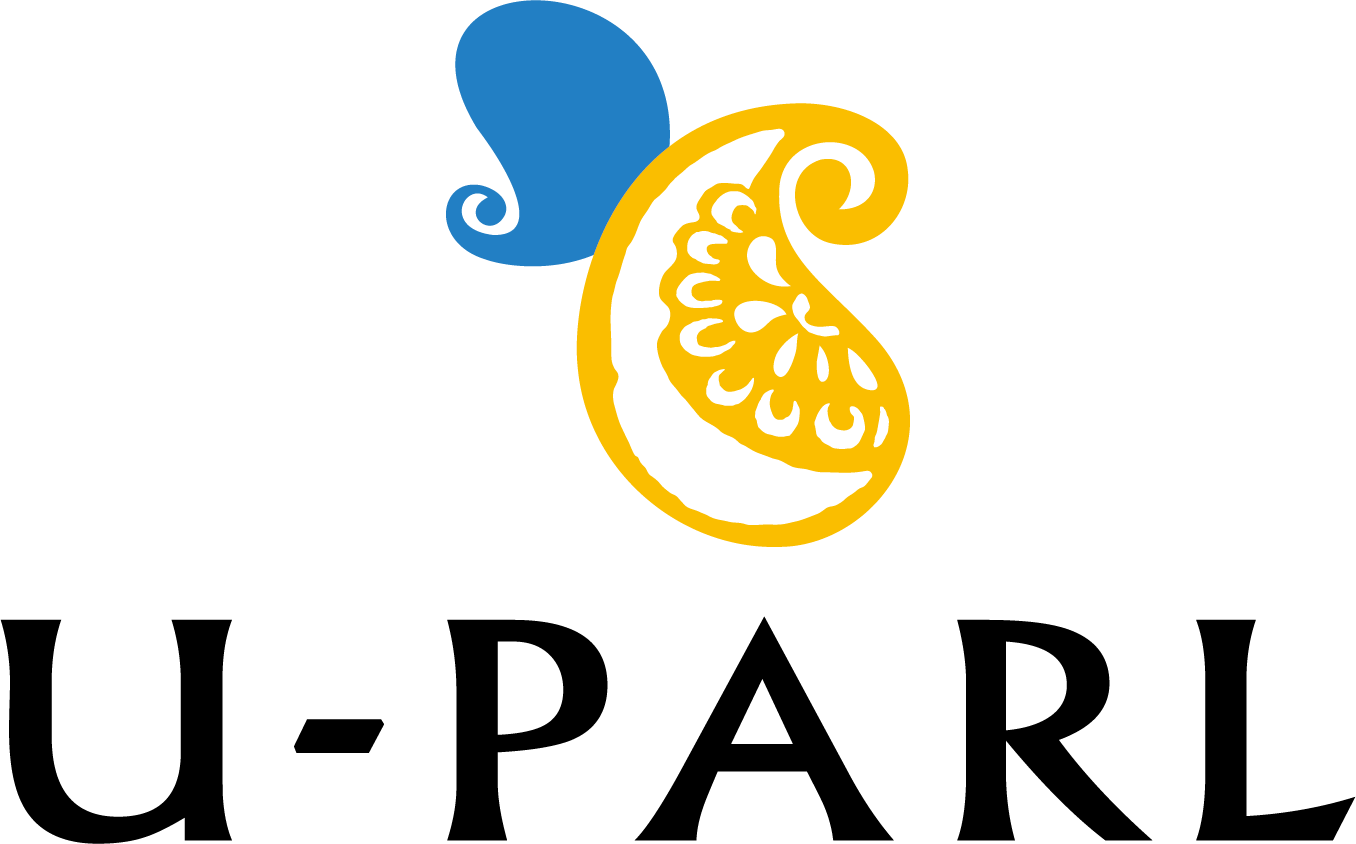Emiko SUNAGA (Project Research Fellow)
Summer is the busiest season for field research. Recently, a sense of nearness to the rest of the world has been returning to me as I have been receiving letters and gifts from colleagues from all over Asia. The latest was from Tatsuro ARAKI, a Project Research Fellow, from Taiwan.
My research location is Pakistan, but I am not planning to go there this summer for various reasons, and it makes me a little sad to see my colleagues head off to their destinations.
However, let’s not get all gloomy. It is true that my body craves Pakistani air, so in order to get through the hot summer, I decided to participate in the “Pakistan Japan Friendship Festival 2023” (organized by Pakistan Japan Friendship (PJF)) that was held in Ueno, Tokyo.
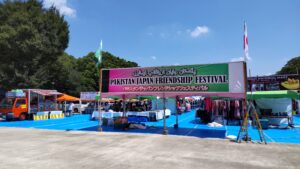
The venue was Ueno Park, a 20-minute walk across a causeway over Shinobazu Pond from the Hongo Campus of the University of Tokyo, where U-PARL is located.
International exchange events with other Asian countries such as Taiwan, India, the Philippines, and Vietnam are held in this plaza throughout the year.
This year was the first time in four years that such an event took place, as all of the others had to be cancelled due to the COVID-19 pandemic.
The venue was divided into an event stage, a food and beverage area, and booths selling goods. Surprisingly, despite it being midday on a weekday in the middle of summer, the place was crowded with families. You could even see some people wearing shalwar kameez. Incidentally, the morning temperature in Ueno was 35°C. The temperature in Karachi and Lahore that day was 29°C and 33°C, respectively, so it was even hotter than in Pakistan.
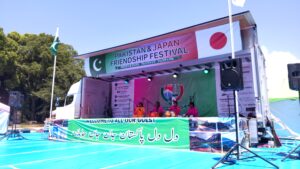
I was looking forward to biryani and mangoes, so I quickly lined up at the food stalls with the opening ceremony and a live performance of qawwali (a form of devotional music) nearby. The food and beverage area featuring food stalls provided by Japan’s Pakistani cuisine restaurants was filled with the aroma of spices. You could smell biryani, kababs, naan, and a variety of curries.
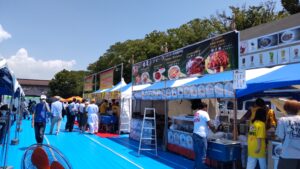
Chaye (chai/milk tea) is the most typical Pakistani drink, but it is very hot—not very suitable for a hot summer day. A quick look around the festival area and you could see people ordering cold lassi (a yogurt drink). Actually, fresh lassi made from buffalo milk is a popular breakfast drink in Punjab.
Pakistani and Indian cuisine is famous for its large, fluffy naan and kababs, but since a special oven is required to make them, they are more of a treat eaten at local restaurants. Home cooking consists mainly of thin chapatis and stewed meat dishes that can be pan-fried (see my article on home cooking). The food stalls at the festival had so much to offer that it took me a while to decide. I eventually went for the chicken biryani, even though I had been thinking about it all along from the moment I got in line.
At the hands-on corner, there was a demonstration of mehendi, the traditional makeup practice of drawing patterns on hands with the paste of a plant called henna. It is a popular art in South Asia and the Middle East. I myself had an opportunity to experience it at a local wedding, with help from the bride’s cousins and friends.
I also took the opportunity to stock up on my favourite mangoes shipped directly from Pakistan. I dropped the idea of buying a whole box and bought four individual mangoes. They still weighed over a kilo!
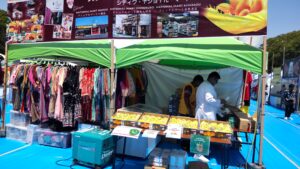
I returned to U-PARL full of joy after tasting and buying the Pakistani delicacies, and am writing this column while looking at my loot. The strong scent of biryani fills the room, and I feel exotic.
I had intended to participate in this event to fill the void of not being able to go to Pakistan, but instead I find myself missing the country even more. Guess I will visit my friends there during my next long vacation!
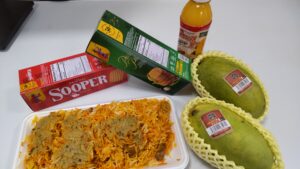
March 8, 2024
